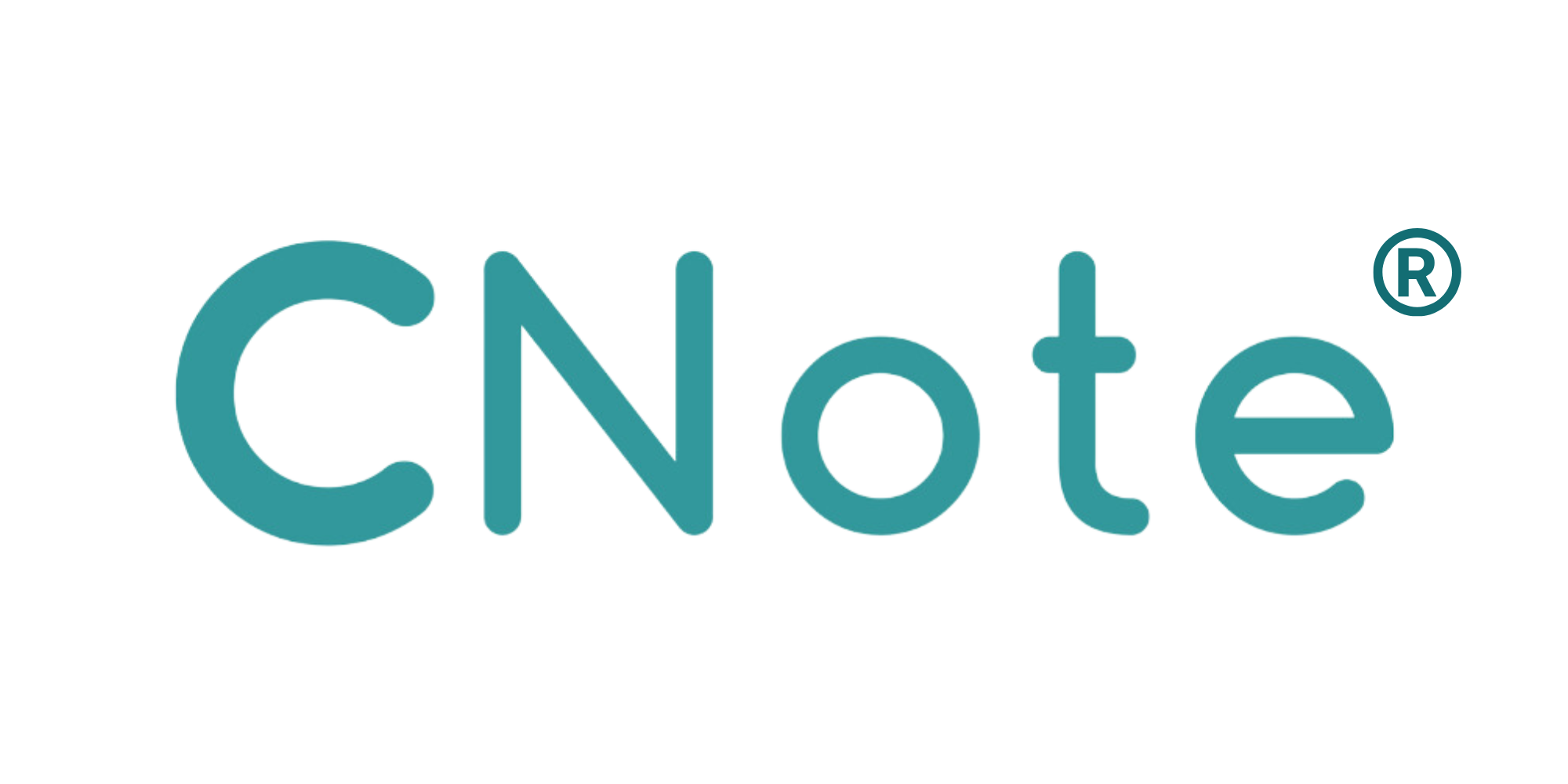By Tamra Thetford & Julia Phipps
Community Development Financial Institutions (CDFI) Loan Funds play a critical role in addressing systemic inequities in access to capital. By offering loans to underserved communities, small businesses, affordable housing developers, and nonprofits that traditional lenders often overlook, CDFIs help create jobs, support affordable housing, and promote economic justice. But with these important missions come complex underwriting challenges. How do CDFIs assess risk when borrowers often lack conventional credit profiles? How do they ensure loan repayment while staying true to their mission?
The answer lies in a distinctly values-driven approach to underwriting, one that differs from traditional lending models in key ways.
How CDFIs Underwrite Loans Differently
AltCap is a CDFI loan fund based in Kansas City, Missouri with a mission of empowering underserved entrepreneurs by providing accessible capital to pursue their dreams and help communities thrive. That mission shows up not just in who they serve, but how they lend.
Unlike traditional banks that often rely on strict credit scores, hard and fast collateral requirements, and rigid financial criteria, CDFIs like AltCap take a more flexible, impact and people-centered approach to underwriting small business loans. Their process is designed to understand the whole borrower, the potential of the business, and its on the community.
Here’s how AltCap does it differently:
- Character and Community Ties: AltCap looks at a borrower’s integrity, track record, and reputation in their community. A strong reputation and responsible financial habits carry real weight.
- Business Experience Over Formal Credentials: Even without a long operating history, applicants with hands-on industry experience, track record or a clear plan are taken seriously.
- Industry and Growth Potential: AltCap considers where a business fits in the broader market. Are revenues seasonal or steady? Is the business growing or is the industry expanding? These questions matter more than just past performance.
- Repayment That Makes Sense: Rather than disqualifying borrowers over a low credit score, AltCap focuses on cash flow and debt service, evaluating whether the business can realistically repay the loan from its primary revenue source.
- Collateral Isn’t Everything: Collateral helps (so do personal guarantees), but AltCap won’t let the lack of it stop a viable borrower with strong potential and a solid plan.
This thoughtful, mission-driven underwriting helps unlock opportunity for entrepreneurs who are ready to launch or grow their business but may be overlooked. It’s not just about approving loans, it’s about giving entrepreneurs an opportunity to build stronger businesses and help communities thrive.
Deep Relationship-Based Diligence
CDFIs often maintain close relationships with borrowers, conducting site visits, engaging in technical assistance, and building long-term partnerships. Underwriting often includes qualitative diligence such as:
- Business plans and growth potential
- Community benefit analysis
- Governance and leadership capacity
A powerful example of this deep, relationship-based diligence comes from MEDA, the Metropolitan Economic Development Association, a CDFI loan fund based in Minneapolis, Minnesota. MEDA has made technical assistance a cornerstone of its services to diverse entrepreneurs. Their integrated approach includes high-touch, one-on-one business advising provided by well-trained consultants specializing in strategic planning, finance, marketing, human resources, and capital access. Clients are assigned both a Lead Business Consultant and a Designated Lending Consultant, ensuring their financing is paired with robust advisory support.
This technical assistance is not an add-on but a core part of MEDA’s underwriting process. In fact, 100% of businesses receiving loans also receive one-on-one consulting. These services are tiered based on client needs, and cover everything from strategic growth planning to access to certification and joint ventures. By aligning business advising with capital deployment, MEDA strengthens borrowers’ chances of success and proactively mitigates risk. Their team approach allows for close monitoring, adjustment, and support throughout the lifecycle of a loan, exemplifying what it means to conduct underwriting through relationships, not just ratios.
Impact-Driven “Risk” Tolerance
CDFIs were designed to address market failures, and are unique in that they are willing to make loans considered “risky” by traditional lenders.. In doing so, they unlock the full economic potential of historically underserved or underestimated communities, and often demonstrate the true “creditworthiness” of investees. Markets CDFIs identify for business development often weigh:
- The potential to catalyze further investment in an underserved area
- The number of jobs created or retained
- Affordable housing units developed or preserved
- Services provided to marginalized populations
Risk is understood in the context of the potential benefit to communities.
Pacific Community Ventures (PCV), a CDFI Loan Fund based in Oakland, California offers a compelling example of this principle in action. As part of the Impact Frontiers initiative, PCV developed a quantitative impact scoring rubric that integrates social outcomes directly into their portfolio management. While it does not directly influence loan decision-making, it creates clarity around which communities they are serving well, and the alpha of their impact.. Their rubric assigns weight to four core dimensions: demographic representation, job quality, access to capital, and community impact including good & green job creation opportunities. Each loan is scored at underwriting, and these scores—alongside financial metrics—inform loan structuring and approval. This has allowed PCV to not only tolerate higher financial risk in pursuit of impact, but to make those trade-offs explicit and trackable. For example, PCV used this framework to justify and analyze 0% interest loans in Oakland based on their high community impact score, redefining risk in terms of both financial and social return.
Layered Risk Mitigation Tools
CDFIs use other risk mitigation tools that allow them to protect their portfolios while still saying yes to borrowers that need a chance.
Some of the most common tools include:
- Loan Loss Reserves & Guarantees: CDFIs set aside reserve funds or work with guarantee programs (public or philanthropic) that can absorb losses if a borrower defaults. This creates a safety net that allows them to lend more boldly.
- Subordinated Debt & Blended Capital: In some cases, CDFIs combine different types of capital such as grant funds, low-interest loans, or equity-like investments to structure deals that reduce risk while meeting borrowers’ needs.
- Participation Lending: CDFIs often share larger loans with other mission-aligned lenders. This spreads the risk across partners and allows each lender to stay within their risk tolerance while financing larger opportunities.
- Post-Loan Technical Assistance: Risk doesn’t end at closing. Many CDFIs stay involved after the loan is disbursed providing coaching, financial check-ins, or operational support to help the business stay on track. This hands-on approach increases the odds of repayment and long-term success.
By using these tools in combination, CDFIs can stretch their impact, support more borrowers, and minimize their risk for losses.
Conclusion
CDFI Loan Funds are built to take on challenges that conventional finance cannot. Their underwriting processes reflect a deep understanding of their communities, a commitment to relationship-based lending, and a creative approach to managing risk in service of impact.
At CNote, we believe in underwriting with the same lens. By understanding the unique strengths of CDFIs, we’re able to responsibly invest in their success and help direct capital where it’s needed most. When impact is the goal, underwriting becomes not just about minimizing risk, but also about maximizing what’s possible.


